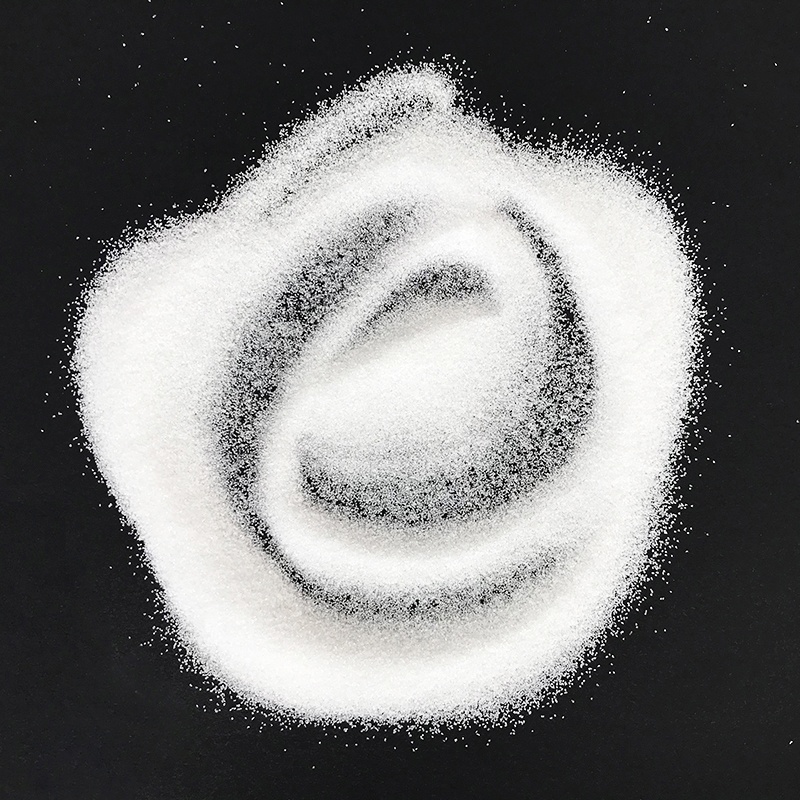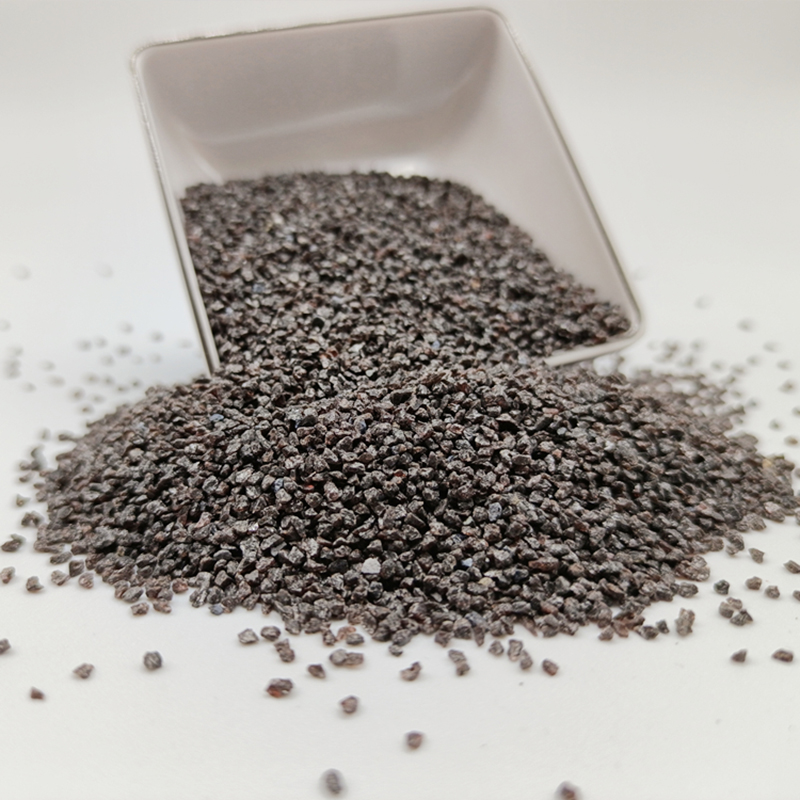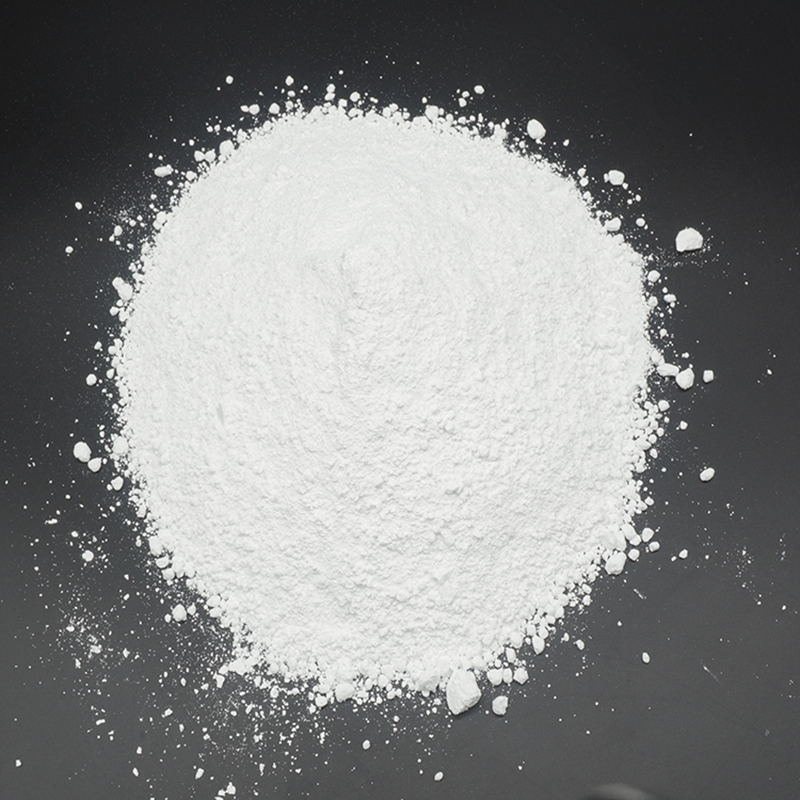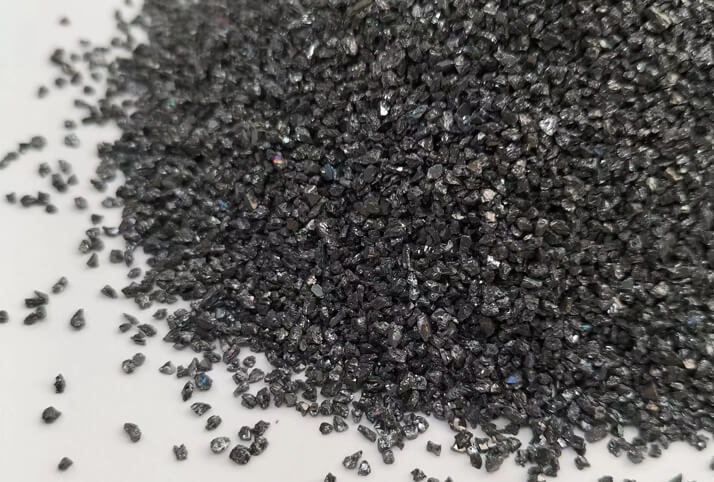The production process of black silicon carbide typically involves the following steps:
1.Raw Material Preparation: The main raw materials for black silicon carbide production are high-quality silica sand and petroleum coke. These materials are carefully selected and prepared for further processing.
2.Mixing: The silica sand and petroleum coke are mixed in the desired proportions to achieve the desired chemical composition. Other additives may also be added at this stage to enhance specific properties of the final product.
3.Crushing and Grinding: The mixed raw materials are crushed and ground into a fine powder. This process helps in achieving a uniform particle size distribution, which is important for obtaining consistent product quality.
4.Carbonization: The powdered mixture is then placed in an electric resistance furnace or a graphite furnace. The temperature is raised to around 2000 to 2500 degrees Celsius in an inert atmosphere. At this high temperature, carbonization occurs, converting the mixture into a solid mass.
5.Crushing and Sieving: The carbonized mass is cooled and then crushed to break it into smaller pieces. These pieces are then sieved to obtain the desired particle size distribution. The sieved material is called green silicon carbide.
6.Grinding and Classification: The green silicon carbide is further processed through grinding and classification. Grinding involves reducing the particle size of the material to the desired level, while classification separates the particles based on size.
Purification and Acid Washing: To remove impurities and residual carbon, the classified silicon carbide undergoes a purification process. Acid washing is commonly used to remove metallic impurities and other contaminants.
7.Drying and Packaging: The purified silicon carbide is dried to remove any moisture content. After drying, it is ready for packaging. The final product is typically packed in bags or containers for distribution and sale.





